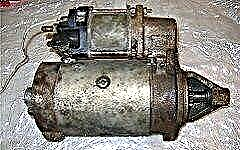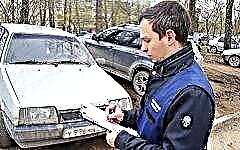This article provides advice and advice on how to properly bleed the air from the cooling system.

This article provides advice and advice on how to properly bleed air from the cooling system.
Vehicle operation is a responsible event for every car enthusiast. But this approach often ends badly for the driver, because a malfunction can happen on the road. On the other hand, there are jobs that are much cheaper, easier and faster to do yourself. And most of the faults are perfectly eliminated in a garage.
For example, in the process of replacing antifreeze, some motorists are faced with excessive engine overheating. One of the reasons for this trouble is the air that has entered the cooling system. Its effect is quite detrimental, because the entire process of fluid circulation is disrupted. It is possible to understand that there is an airlock in the system through cold air, which is supplied by the heater to the vehicle interior even with good engine warming up. A visual indication of the presence of a plug in the system can also be the rapid heating of the motor, which ultimately leads to overheating of the latter over time. If this happens, then the breakdown must be eliminated quickly, because in the future repairs can be much more expensive. To carry out repair work, you need to find a regular screwdriver in your tools. It is advisable to install the vehicle on a level surface in order to make it more convenient to work and to release air more efficiently. The engine must be turned off, remove the plug from the expansion tank and lower the clamp of the water pipe inside the tank, through which the antifreeze is supplied to the throttle unit of the motor.
In order to release air from the cooling system, it is necessary to slightly move the clamp. In this case, a characteristic hiss of air should be heard. As soon as the entire airlock comes out, antifreeze will flow. After that, it is necessary to return the branch pipe to its place and tighten the clamp well. When performing these works, you can at the same time check the entire system for leaks. At the end of the repair, it is necessary to fill the expansion tank with antifreeze. Now you can test the results of the work. Start the engine and warm it up to operating temperature. Try to start the heater. If it starts to work normally, the air is circulating and there are no air locks in the system, then the air flow will also have a fairly high temperature. This indicates the successful completion of the event.
Usually, these manipulations are quite enough to expel excess air from the system. Moreover, all the work usually takes no more than ten minutes, and at the service station they will take a considerable amount for such work.











